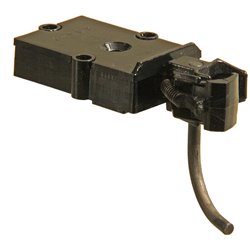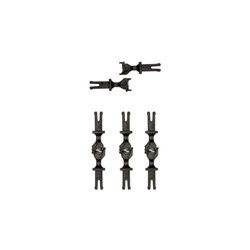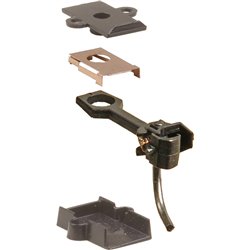Many manufacturers create metal figures for inclusion in kits or layouts. Some of these figures can be supplied...
No products
Product successfully added to your shopping cart
There are 0 items in your cart. There is 1 item in your cart.
Search Tips
Christmas and New Year
Due to public holidays, orders will be next dispatched on Monday 29th.
If you select next day delivery at checkout, please note deliveries are not made on New Year's Day or Sundays.
The shop in Sandown is closed on Saturday 27th December and will reopen on Tuesday 30th December.
Tuesday 30th: 10am to 4.30pm - Wednesday 31st: 10am to 2.30pm - Thursday 1st: closed - Friday onwards: 10am to 4.30pm.
What are buckeye couplings?
Buckeye couplings, also known as Buckeye knuckle couplers, are a type of railway coupling used primarily in North America but also found in the UK and other regions. These couplings are designed to connect railway rolling stock, such as carriages and wagons, securely and efficiently.
The Buckeye coupling features a knuckle mechanism that locks into place, allowing for a robust and secure connection between two pieces of rolling stock. This design allows for automatic coupling when carriages are pushed together, reducing the need for manual intervention. The coupling can also accommodate some lateral and vertical movement, which helps maintain stability and safety during operation.
In the UK, Buckeye couplings are often found on passenger trains, including older rolling stock used on heritage railways as well as on some mainline services. They are favoured for their reliability and the ease with which trains can be coupled and uncoupled, enhancing operational efficiency.
Overall, Buckeye couplings are an integral part of railway operations, contributing to the safe and efficient movement of passenger and freight trains.
Click here to receive the tips weekly in your mailbox. You can unsubscribe at any time.










